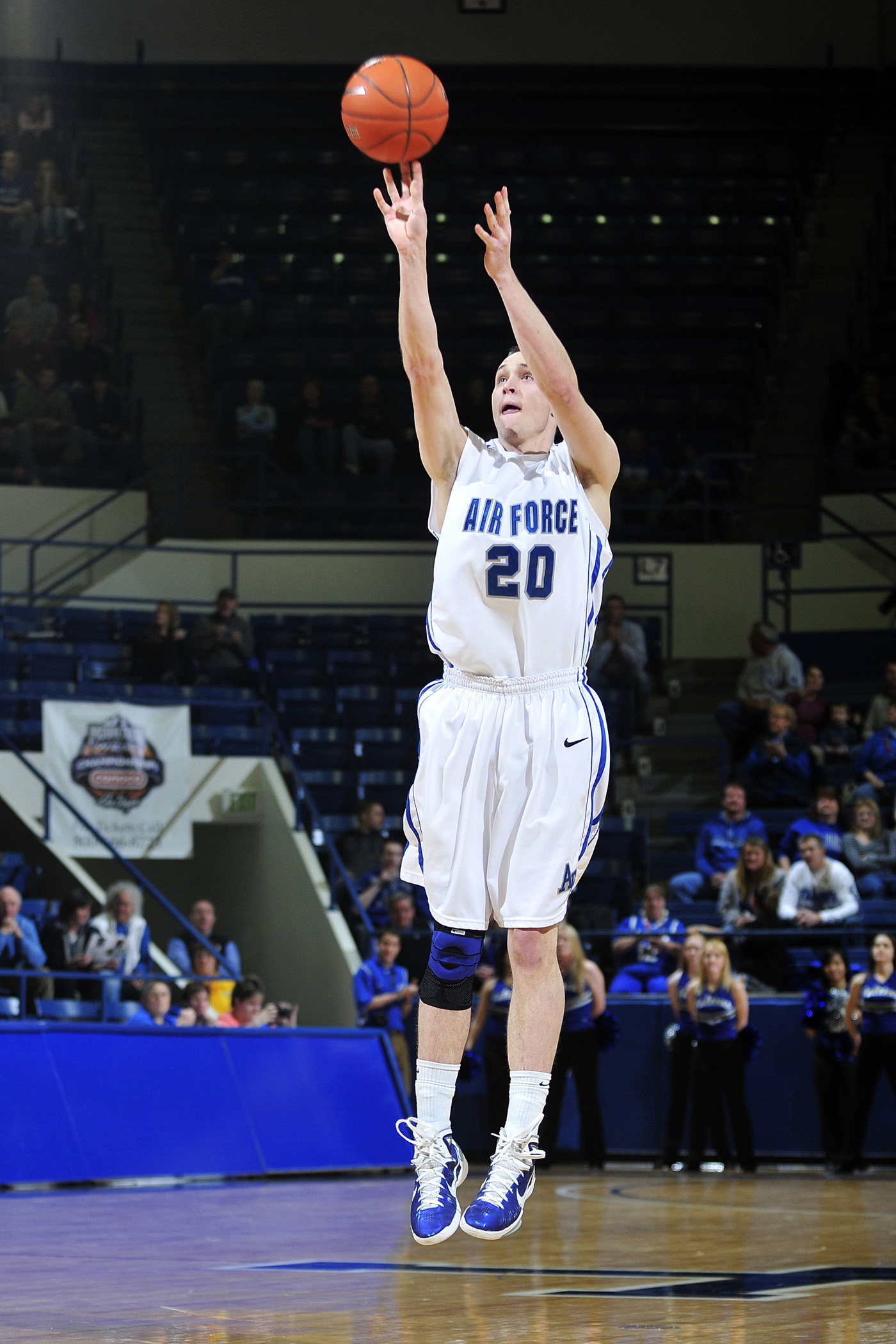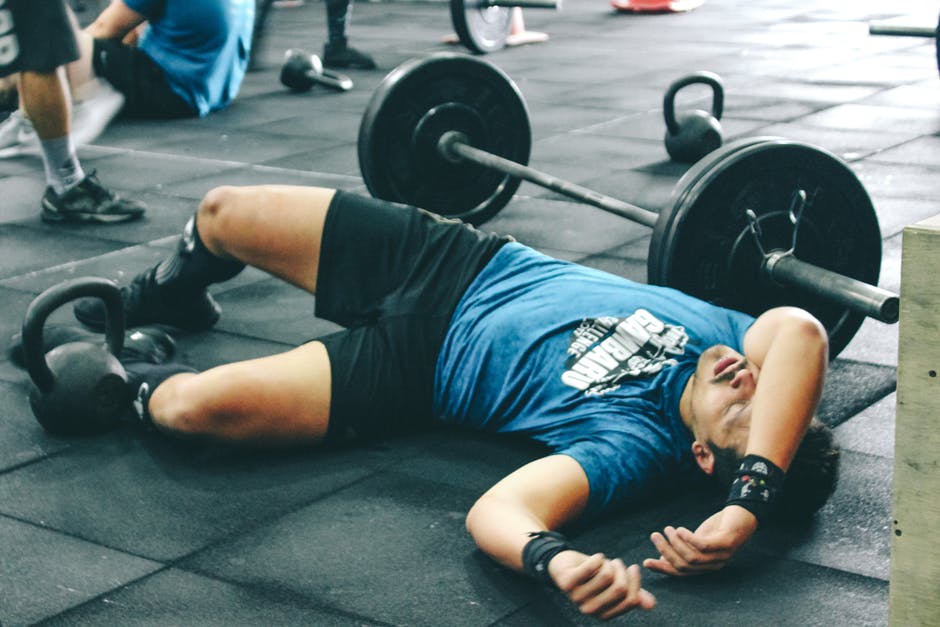Resisted sprinting is a tool that is frequently used in speed training. The idea is that by making the movement more difficult, the athlete must learn to recruit more motor units to accomplish the sprint. This enhanced recruitment will eventually carry over to un-resisted sprinting, making the athlete faster.
Common resisted sprinting tools include running uphill, running on an inclined treadmill, towing a heavy object (like a weighted sled, another person, or a tire), or running with a parachute behind the athlete. The equipment used in resisted sprinting can range from expensive (sleds, special treadmills) to very cheap (using another athlete to provide the resistance, running uphill, etc.).
When using this tool to enhance speed, more is not better. Careful attention must be paid to the athlete’s technique while they are sprinting. Remember, if the athlete’s technique breaks down then over time we teach athletes to run slowly and with sloppy technique, which is counter-productive.
There are some visual cues that there is too much weight for the athlete. The biggest one is that the athlete may begin leaning forward. This is a problem because it means that the athlete cannot extend their hip fully, which limits their force application against the ground. A second is that they may overstride, especially during longer sprints (you can see this with parachutes). This is easy to spot because the athlete will be learning backwards while they run. A final one is that the athlete may abandon backside mechanics while they sprint (note that this is more of a problem after the first 10-15 meters of the sprint). This is a problem because it teaches poor running mechanics.
With the above in mind, the following are some general guidelines for using resisted sprinting to enhance speed:
- The resistance used should not exceed 12-13% of the athlete’s bodyweight.
- The athlete’s speed should not slow down by more than 10%. For example, if you know the athlete normally runs the 40 meter in 6 seconds, running it in 8 seconds with resistance indicates they are slowing down too much and the resistance needs to be reduced.
- The athlete needs to fully recover between each sprint.
- Keep the sprints to no longer than 40-60 meters (the 60 meters assumes a parachute that takes some time to inflate), no more than 3-5 sprints. Work up to these distances.
- Emphasize technique while sprinting!
If this tool is being used as part of a comprehensive speed development program, time should be spent building the athlete’s base before using it. This means a good several months focusing on correct sprinting mechanics and getting the hamstrings stronger. Once that is done, then the resisted sprints should be used on the appropriate day. For example, if the goal is to enhance acceleration then the resisted sprints are used during the acceleration workout. If the goal is to enhance maximum velocity, then the resisted sprints are longer and are used in conjunction with the appropriate workout. Examples are below:
Acceleration workout:
400 meter slow jog
Warm-up with mobility drills and technique work (10-15 minutes)
Stick drills, 3×5 meters (standing starts)
Sprints, 3-5×10 meters (crouching starts)
Sprints + sled (12% bodyweight), 3-5×15 meters
Hamstring/shin splint work, 10-15 minutes
Maximum velocity workout:
400 meter slow jog
Warm-up with mobility drills and technique work (10-15 minutes)
Stride length drills, 3×20 meter run up + 20 meter mini-hurdle course
Sprints, 3-5×40 meters
Sprints + parachute, 3×40 meters
Hamstring/shin splint work, 10-15 minutes



